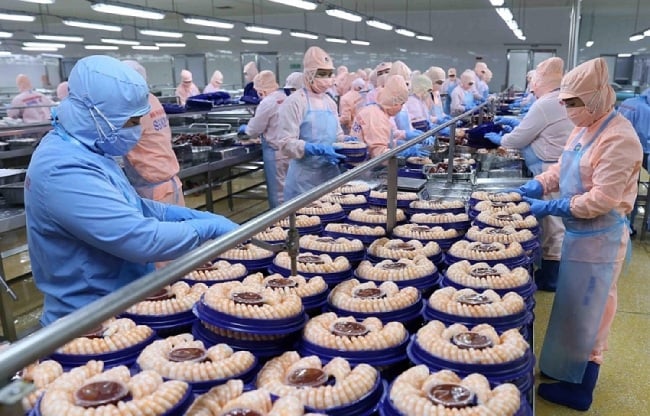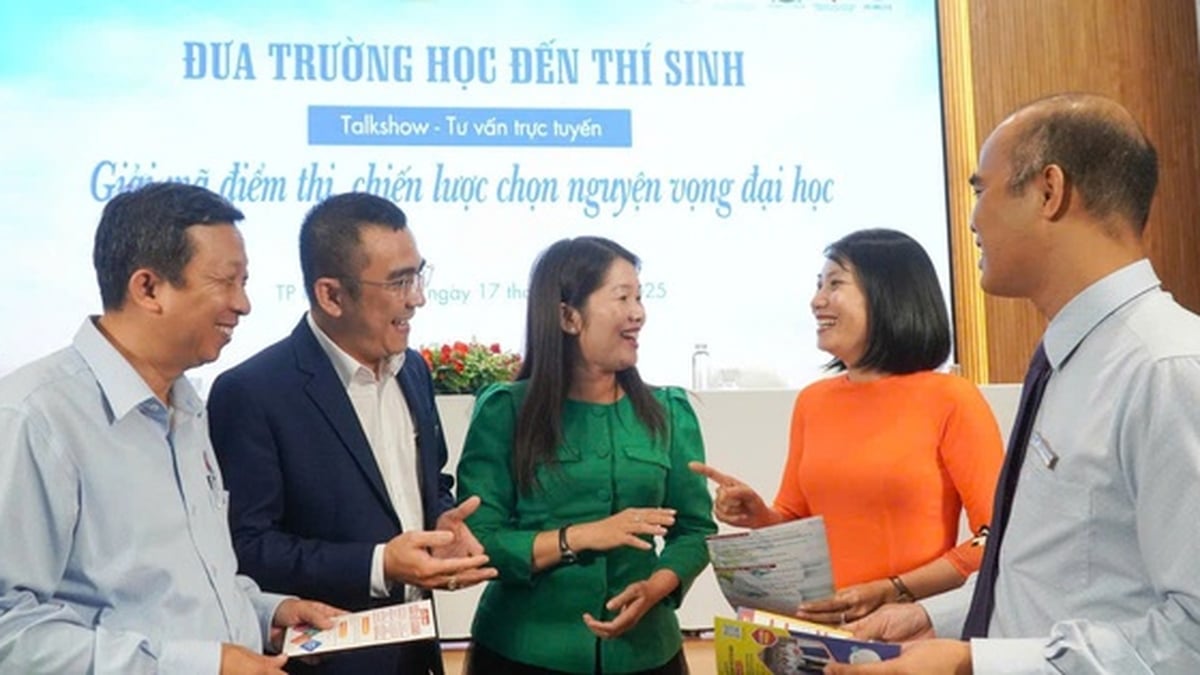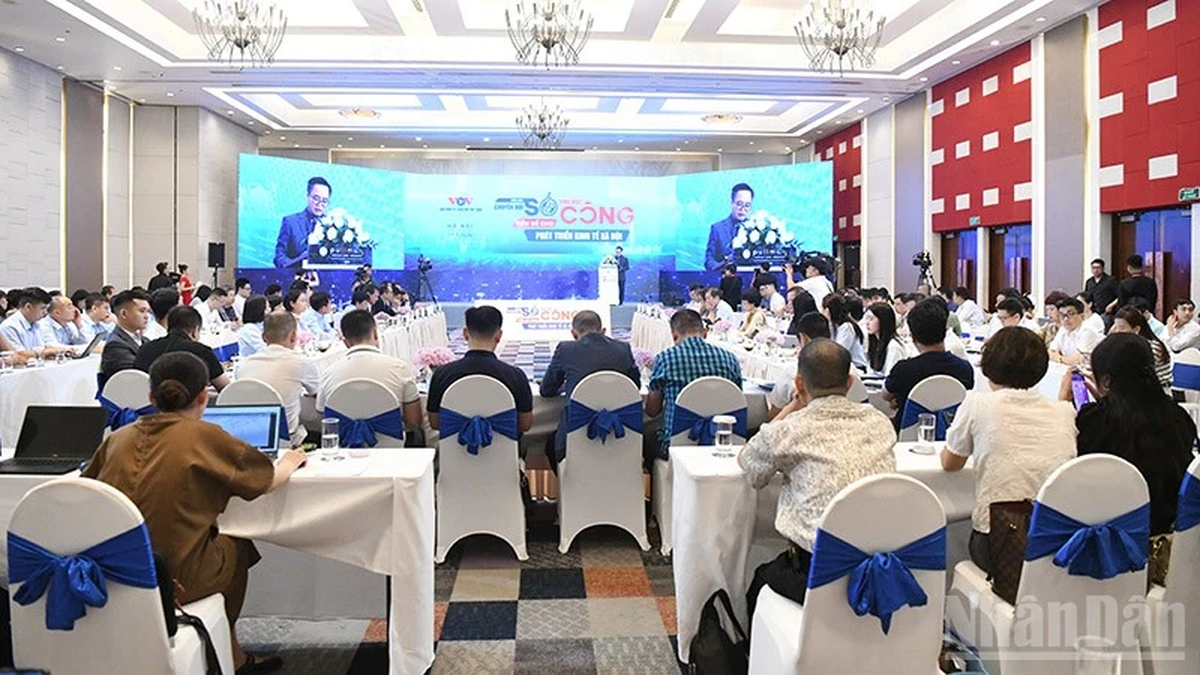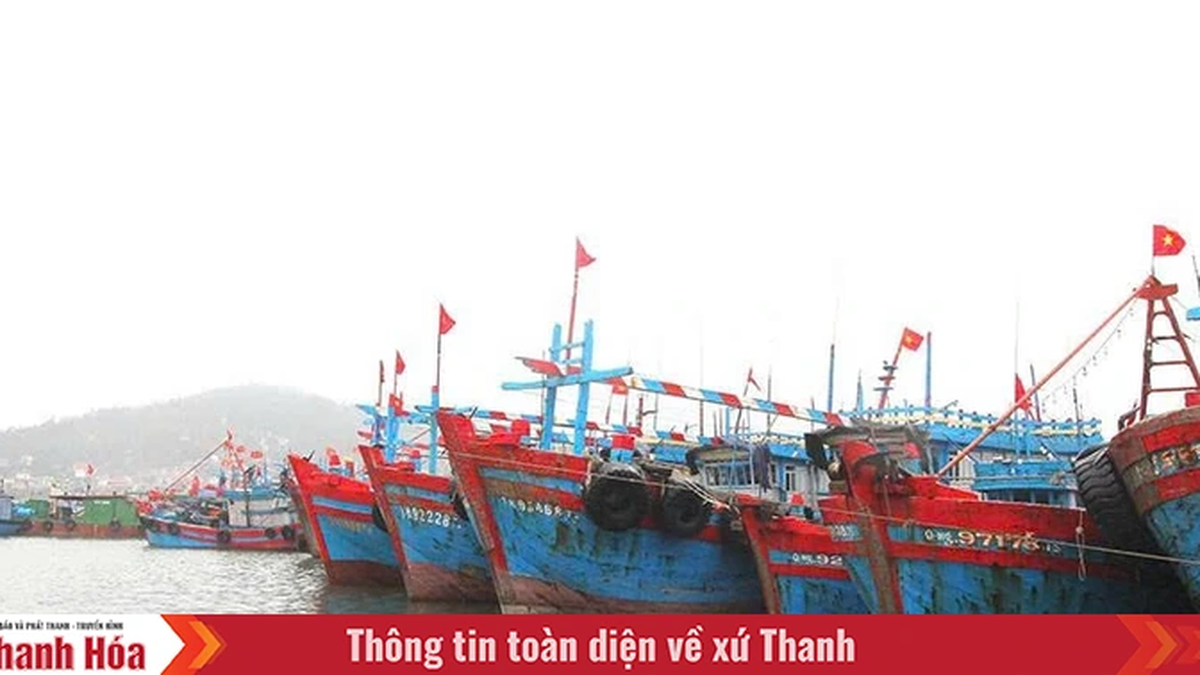Seafood export turnover to the US in the first 6 months of the year reached 905 million USD, marking an impressive growth rate of 17.5%.
According to Ms. Le Hang - Deputy General Secretary of the Vietnam Association of Seafood Exporters and Producers (VASEP), this growth momentum mainly comes from the trend of businesses piling up orders in May, rushing to complete transactions before the US plans to impose reciprocal tariffs on July 9, 2025.
This short-term acceleration is evident in monthly figures. After steady growth in March and April, exports to the US jumped 61% in May, reaching a six-month high of $234 million. Soon after, as the tax deadline approached and a wait-and-see attitude prevailed, exports in June suddenly dropped sharply by nearly 18% to just $131 million. The three main product groups, shrimp, pangasius and tuna, remained the leading group, accounting for 77% of total turnover with a value of more than $700 million.
One notable development is the change in market rankings. Once the leading market for many years, the US now accounts for only 17% of the market share, losing the number one position to China – a country that imported 1.1 billion USD worth of Vietnamese seafood, a sharp increase of 45% compared to the same period.

"This is considered an inevitable consequence of an unstable trade environment due to US tariff policy. Since April 2025, the Trump administration has continuously used reciprocal tariffs as a negotiating tool, making a series of statements and making rapid changes in tax rates, application time and affected subjects.
Initially, the tax schedule was set for July 9, but right before that time, Mr. Trump suddenly announced a delay to August 1. Not only the time, the tax rate also constantly changes, from a general rate of 10% to very high rates applied to each country such as Thailand (36%) or Indonesia (32%)," Ms. Hang said.
According to Ms. Hang, this constant change has pushed businesses of both countries into an unprecedentedly uncertain business environment. US importers are in a state of "sitting on hot coals" because they cannot determine the final cost of their shipments. Meanwhile, Vietnamese exporters are also having difficulty adjusting prices, finalizing delivery times and building long-term production plans.
For an industry that is heavily influenced by seasonal factors and logistics costs like seafood, this instability increases financial risks and causes chain consequences from farming areas to processing plants.
Faced with a new and unpredictable trade order, Ms. Le Hang said that Vietnamese seafood businesses have no other choice but to proactively restructure their strategies.
One of the top solutions is to diversify markets, avoid over-reliance on the US market, and at the same time promote exploitation of markets with Free Trade Agreements (FTAs) such as the CPTPP bloc, the European Union (EU) and South Korea. Optimizing the supply chain to minimize logistics costs and risks is also an urgent requirement.
The Deputy Secretary General of VASEP emphasized the importance of transparency in traceability and origin of raw materials. This is a key factor in the context of reciprocal tax policies increasingly being closely linked to criteria on the origin of goods. Enterprises need to ensure that the entire supply chain, from raw materials, processing to export, is closely monitored, with complete records to prove legal origin, avoiding the risk of being accused of "tax evasion" or "illegal transshipment".
In addition, the application of technology and digital transformation, from electronic traceability to smart order management, will help businesses increase their ability to respond quickly to policy and market fluctuations and flexibly adapt to the new context.
Source: https://doanhnghiepvn.vn/kinh-te/my-khong-con-la-thi-truong-so-1-thuy-san-viet-nen-lam-gi/20250717053007564





































































































Comment (0)